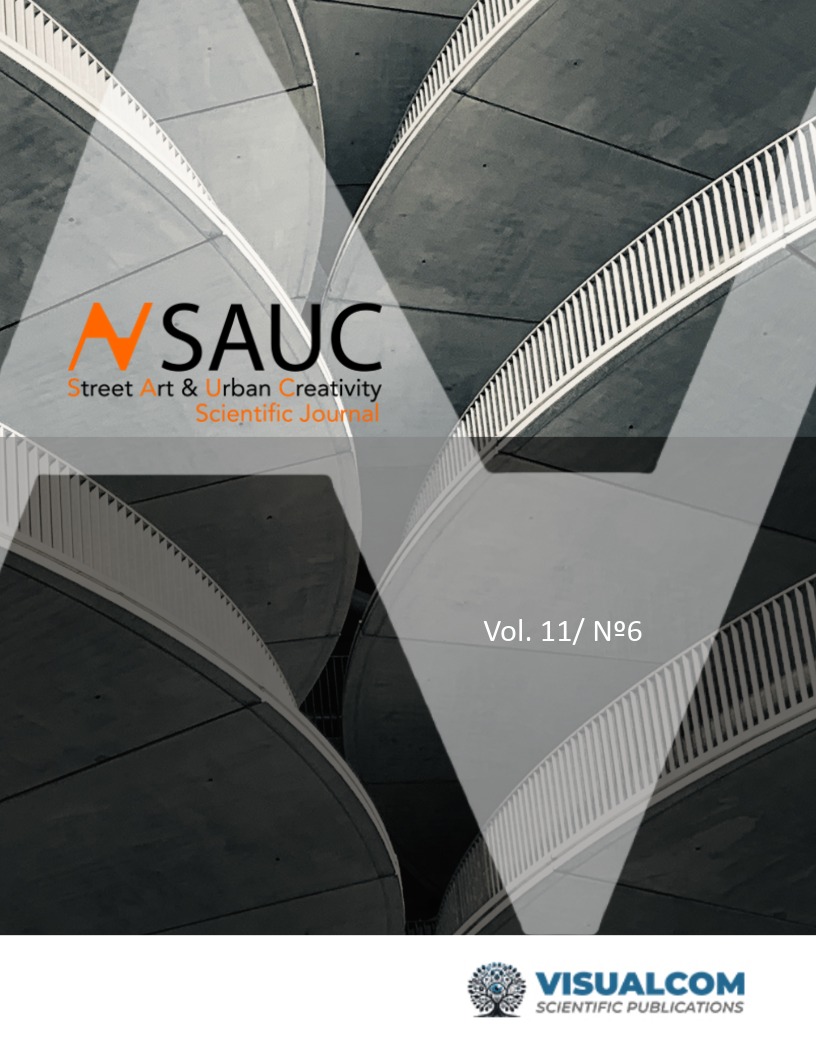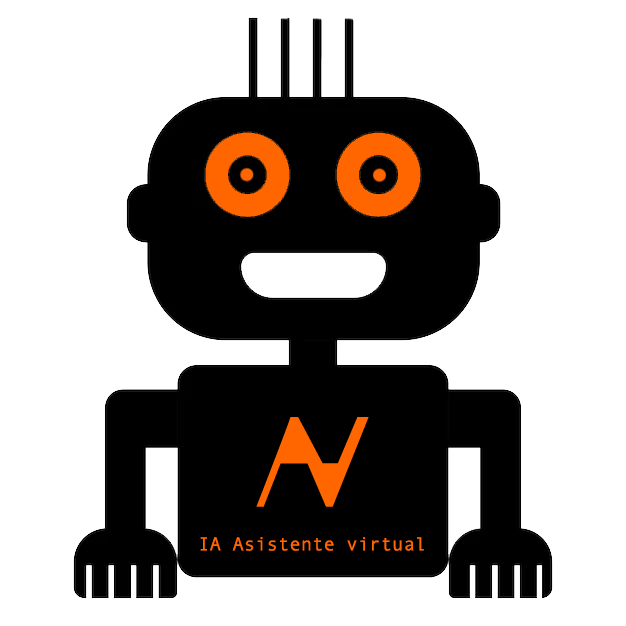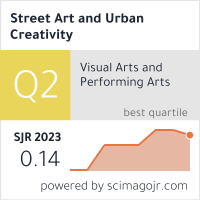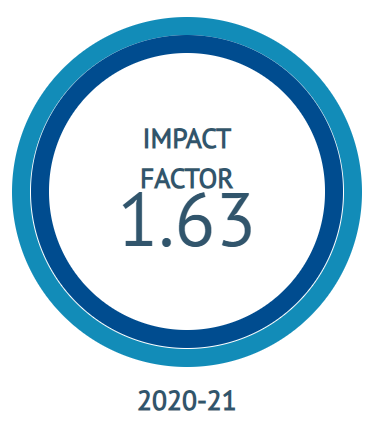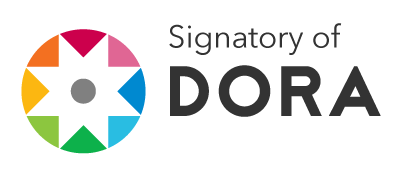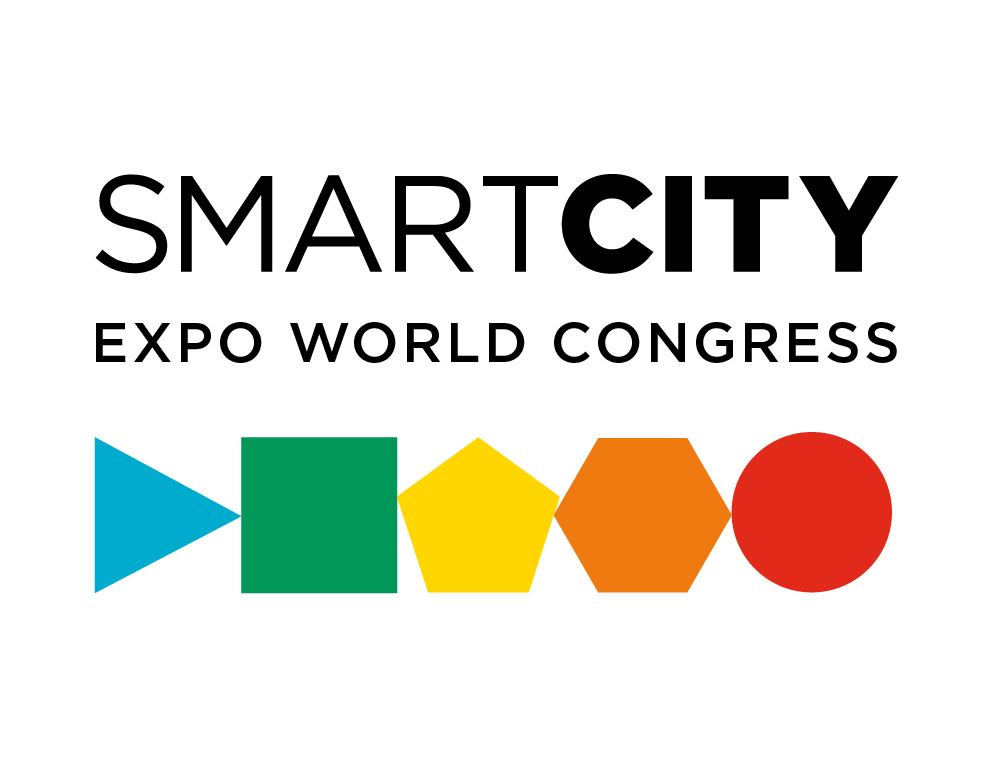El arte de la acción en el ámbito educativo
Una herramienta para la concienciación ciudadana
DOI:
https://doi.org/10.62161/sauc.v11.5705Palabras clave:
Educación Social, Justicia social, Arte, Comunidad, ActivismoResumen
Este estudio investiga la intersección entre el arte y la pedagogía social a través del artivismo, explorando su potencial para la transformación social y la conciencia crítica, basado en el modelo de Paulo Freire. Analiza el impacto del artivismo en practicantes (artivistas) y estudiantes implicados en estas prácticas, para integrar arte y pedagogía social y fomentar el cambio social. Mediante un enfoque cualitativo, se examinan experiencias de artivistas y estudiantes en España a través de entrevistas y análisis de contenido. Los resultados revelan que el artivismo cataliza transformaciones personales y colectivas, promueve perspectivas críticas y empáticas, y facilita una comprensión más profunda del arte como herramienta de expresión y cambio. Los estudiantes desarrollan conciencia social, y los artivistas destacan el valor del arte en el diagnóstico social y el compromiso comunitario. El estudio concluye que el artivismo es una vía eficaz para una educación transformadora y equitativa.
Descargas
Estadísticas globales ℹ️
|
218
Visualizaciones
|
86
Descargas
|
|
304
Total
|
|
Citas
Aladro-Vico, E., Jivkova-Semova, D., & Bailey, O. (2018). Artivism: A new educative language for transformative social action. [Artivismo: Un nuevo lenguaje educativo para la acción social transformadora]. Comunicar, 57, 09-18. https://doi.org/10.3916/C57-2018-01 DOI: https://doi.org/10.3916/C57-2018-01
Alvira, F. (2002) Diseños de investigación social: Criterios operativos. In Manuel García Ferrando, Jesús Ibáñez and Francisco Alvira (compilers) El análisis de la realidad social. Métodos y técnicas de investigación (3rd edition). pp. 99-144. Madrid: Alianza
Alonso, L.E., (1999). Subject and discourse: The place of the open-ended interview in the practices of qualitative sociology. In Juan Manuel Delgado and Juan Gutiérrez (Coord.) Métodos y técnicas cualitativas de investigación en ciencias sociales. Madrid: Síntesis (225-240).
Ardenne, P. (2002) A contextual art. Artistic creation in urban environment, in situation, of intervention, of participation. Cendeac. Murcia.
Badía, M. (2017). Visual arts in people with dementia: systematic review. Art Individual and Society, 29 (Eng), 9 - 23.
Blanco, V. and Cidrás, S. (2019). Educating through art. Kalandraka
Builes, C. (May 19, 2018). The subversive stitch: sewing as an act of resistance. El Espectador. https://www.elespectador.com/noticias/cultura/la-puntada-subversiva
Calamaro, P. (2018). Emotional intelligence as a tool for social work with groups. Catholic University of Salta. University School of Social Work.
Cea D'Ancona, Mª.A. (2012). Fundamentals and applications in quantitative methodology. Síntesis.
Cliff, S. and Camic, P. (2015). Oxford Textbook of Creative Arts, Health, and Wellbeing: International perspectives on practice, policy and research (1st ed). (pp. 1-23). Oxford University Press. DOI: https://doi.org/10.1093/med/9780199688074.001.0001
Declaration of Helsinki. Ethical Principles for Research Involving Human Subjects. 59th General Assembly, Seoul, Korea, October 2008. [Accessed May 20, 2020]. http://www.wma.net/ en/30publications/10policies/b3/index.
Denzin, N. and Lincoln, Y. (1998). Collecting and interpreting qualitative materials. Sage.
Díaz, Y. and González, L. (2019). Gender analysis in university education in Social Work in Spain. Cuadernos de Trabajo Social, 32(2), 351-363. https://doi.org/10.5209/cuts.58332 DOI: https://doi.org/10.5209/cuts.58332
Eisner, E. (2004). Art and the transformation of the mind. The role of the visual arts in the transformation of consciousness. Paidós
Ferrán, E. (Eds.). Social work: art to generate links (pp.266-270). Deusto.
Freire, P. (2011). Pedagogy of hope: a reencounter with the pedagogy of the oppressed. Siglo XXI.
Gardner, H. (2011). Inteligencias múltiples: la teoría en la práctica. Paidós.
G. Cano, M. (2013). Art, context and participation. The hospital as an artistic space. Unpublished doctoral thesis. https://eprints.ucm.es/id/eprint/22527/
García Cano, M., Gil-Ruiz, P. & Martínez-Vérez, V. Visual arts museums as learning environments in the undergraduate and postgraduate programmes of the Faculty of Education at the Complutense University of Madrid. Int Rev Educ 71, 109–134 (2025). https://doi.org/10.1007/s11159-024-10100-x DOI: https://doi.org/10.1007/s11159-024-10100-x
Gil-Ruiz, P., & Domínguez-Lloria, S. (2025). La inteligencia artificial generativa de imágenes como colaboradora para la creatividad: un estudio de caso grupal. Arte, Individuo y Sociedad, 37(2), 339–351. https://doi.org/10.5209/aris.99030 DOI: https://doi.org/10.5209/aris.99030
Gómez-Ciriano, E., Herránz de la Casa, J.M. and Mercado, E. (2016). The MOMU project, or how to work synergistically from journalism, fine arts and social work to promote the labor integration of young people in situations of social vulnerability. In Cinta Guinot and Ane Ferrán, E. (Eds.). Social work: art to generate links (pp.266-270). Deusto Digital.
González-García, R. (2019). The educational turn of art as a tool for social transformation in the new museums of the 21st century. Eikón Imago, 14. 199-216. https://doi.org/10.5209/eiko.73434 DOI: https://doi.org/10.5209/eiko.73434
Hammersley, M. and Atkinson, P. (1994). Ethnography: research methods. Paidós.
Huerta, R. (2023). Artivism and creativity in teacher education: cemeteries, art and literature. Art and Politics of Identity, 29, 65-86. https://doi.org/10.6018/reapi.598721 DOI: https://doi.org/10.6018/reapi.598721
Ibáñez, J. (2002). Cómo se realiza una investigación mediante grupos de discusión en Manuel García Ferrando, Jesús Ibáñez y Francisco Alvira (Compilers). El análisis de la realidad social. Métodos y técnicas de investigación (3rd ed.) (pp.283-297). Alianza.
Kvale, Z. (2011). The interview in qualitative research. Morata.
López, A. (2010). Towards a theoretical model of Social Work with groups. In López, A. (Ed.) Teoría del Trabajo Social con grupos. UNED.
López, A. (2012). Profession, science and citizenship: challenges for Social Work and Social Services in the 21st century. Azarbe. International Journal of Social Work. 1. 61-71. https://doi.org/10.2307/j.ctv6hp39z DOI: https://doi.org/10.2307/j.ctv6hp39z
Llopis, R. (2004). Grupos de discusión. Madrid: ESIC
Marín-Viadel and Roldán (2017). Visual ideas: Arts-based research and artistic research. University of Granada.
Martínez-Vérez, V. (2023). Art and social work: an interdisciplinary experience to work resilience in the field of professional training. Art, individual and society, 35(3). 1-16. https://dx.doi.org/10.5209/aris.86685 DOI: https://doi.org/10.5209/aris.86685
Martínez-Vérez, M. V., Albar-Mansoa, P. J., López-Méndez, L. and Torres-Vega, S. (2020). Art capsules: memory in the face of Alzheimer's disease. Interface (Botucatu), 24, 1-15. https://doi.org/10.1590/Interface.200128. DOI: https://doi.org/10.1590/interface.200128
Martínez-Vérez, M. V., Albar-Mansoa, P.J. and Pallarés-Piquer, M. (2022). Non-places, school and identity: performance as an educational tool. Educaçâo & sociedade, 43. https://doi.org/10.1590/ES.244848 DOI: https://doi.org/10.1590/es.244848
Mesías-Lema, J. (2018). Artivism and social conscience: Transforming teacher training from a sensibility standpoint. [Artivism and social commitment: Transforming teacher training from a sensibility standpoint]. Communicate, 57, 19-28. https://doi.org/10.3916/C57-2018-02. DOI: https://doi.org/10.3916/C57-2018-02
Moreno A. (2016). Artistic mediation: art for social transformation, social inclusion and community development. Octaedro.
Moreno, A. (2022). Artistic mediation and art therapy. Delimiting territories. Encuentros. Journal of Human Sciences, Social Theory and Critical Thinking. 15, 32-45. http://doi.org/10.5281/zenodo.5979840
Moreno, R. (2019). Feminismos. La Historia. Akal.
Niedbalski, J., & Ślęzak, I. (2017). Computer Assisted Qualitative Data Analysis Software. Using the NVivo and Atlas.ti in the Research Projects Based on the Methodology of Grounded Theory. In: Costa, A., Reis, L., Neri de Sousa, F., Moreira, A., Lamas, D. (eds) Computer Supported Qualitative Research. Studies in Systems, Decision and Control, vol 71. Springer, Cham. https://doi.org/10.1007/978-3-319-43271-7_8 DOI: https://doi.org/10.1007/978-3-319-43271-7_8
Pérez, V. M. O. (2021). Social pedagogy and social education. Revista Educação Em Questão, 59(59). https://doi.org/10.21680/1981-1802.2021v59n59ID24018 DOI: https://doi.org/10.21680/1981-1802.2021v59n59ID24018
Quilez, M. (2018). Female student body in plastic arts and design education in the Spanish public education system 1940-2015. EARI. Educación artística revista de investigación, 9, 174-191. http://dx.doi.org/10.7203/eari.9.12101 DOI: https://doi.org/10.7203/eari.9.12101
Raquejo, T. and Perales, V. (2022). Ecosocial art. Other ways of thinking, doing and feeling. Plaza y Valdés.
Reidl, L.M. (2012). Research design in education: current concepts. Research Methodology in Medical Education, 1(1), 35-39. http://riem.facmed.unam.mx/ojs/in-dex.php/riem/article/view/399/370
Rey, A. (2022). The book of collective intelligence: What happens when we do things together. Madrid: Editorial Almuzara.
Ritzer, G. (1996). Contemporary sociological theory. Mc Graw Hill.
Rodríguez, A. and Aldekoa, X. (2024). Indestructibles. https://indestructiblesafrica.org/
Ruíz-Olabuenaga, J. I. (2012). Methodology of qualitative research. Universidad de Deusto.
Segade, S. and García-Castillo, (2022). Fundamentals of Social Work. Aranzadi
Scales, B.J. (2013). Qualitative analysis of student assignments: a practical look at ATLAS.ti. Reference Services Review, 41(1), 134-147. https://doi.org/10.1108/00907321311300956. DOI: https://doi.org/10.1108/00907321311300956
Vallés, M. (1999). Qualitative techniques in social research. Methodological reflection and professional practice. Síntesis.
Venketest, V., Ruprecht, L., & Ferede, M.K. (2023). Arts Education: An investment in quality lerning. UNESCO. United Nations Educational, Scientific and Cultural Organization. https://unesdoc.unesco.org/ark:/48223/pf0000386034
White, M. (2009). Arts development in community health: a social tonic. Radcliffe Publishing
Descargas
Publicado
Cómo citar
Número
Sección
Licencia
Derechos de autor 2025 Los autores/as conservan los derechos de autor y ceden a la revista el derecho de la primera publicación y el derecho de edición

Esta obra está bajo una licencia internacional Creative Commons Atribución-SinDerivadas 4.0.
Los autores/as que publiquen en esta revista aceptan las siguientes condiciones:
- Los autores/as conservan los derechos de autor.
- Los autores/as ceden a la revista el derecho de la primera publicación. La revista también posee los derechos de edición.
- Todos los contenidos publicados se regulan mediante una Licencia Atribución/Reconocimiento-SinDerivados 4.0 Internacional. Acceda a la versión informativa y texto legal de la licencia. En virtud de ello, se permite a terceros utilizar lo publicado siempre que mencionen la autoría del trabajo y a la primera publicación en esta revista. Si transforma el material, no podrá distribuir el trabajo modificado.
- Los autores/as pueden realizar otros acuerdos contractuales independientes y adicionales para la distribución no exclusiva de la versión del artículo publicado en esta revista (p. ej., incluirlo en un repositorio institucional o publicarlo en un libro) siempre que indiquen claramente que el trabajo se publicó por primera vez en esta revista.
- Se permite y recomienda a los autores/as a publicar su trabajo en Internet (por ejemplo en páginas institucionales o personales), una vez publicado en la revista y citando a la misma ya que puede conducir a intercambios productivos y a una mayor y más rápida difusión del trabajo publicado (vea The Effect of Open Access).

